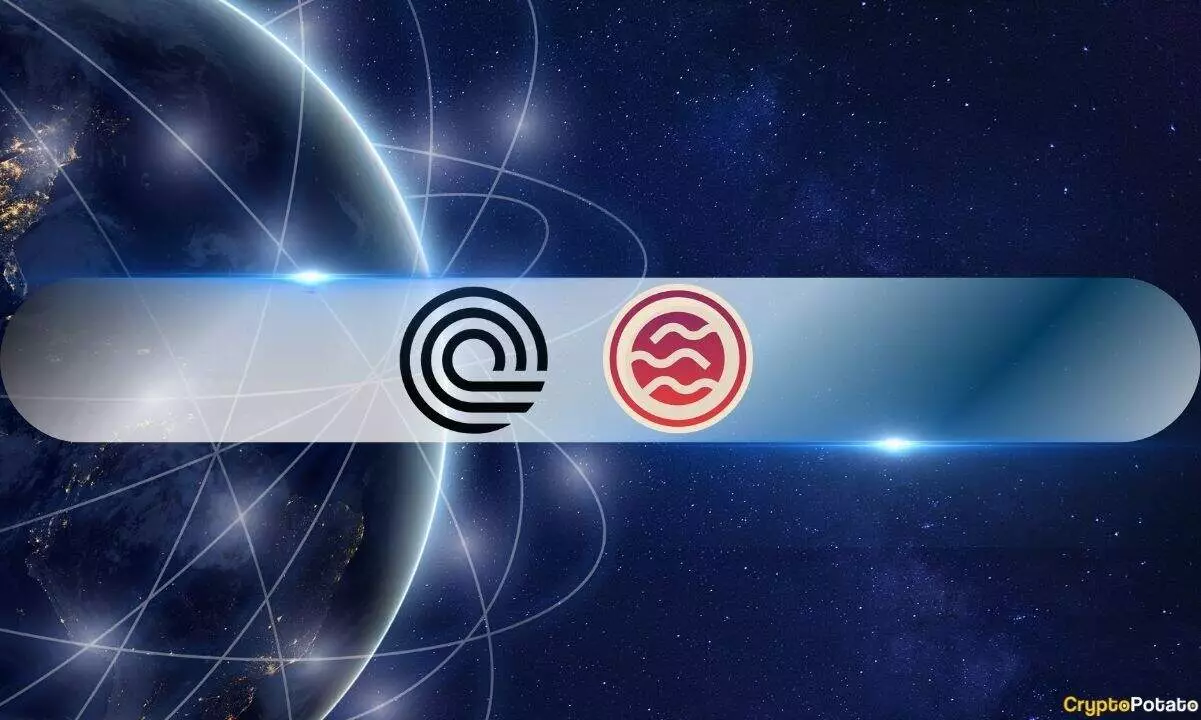The financial landscape is witnessing a radical transformation that promises to reshape traditional asset ownership profoundly. Ondo Finance’s recent foray into tokenizing U.S. government bonds on the Sei network exemplifies a bold vision: merging stability with innovation. This move isn’t just about embracing new technology; it’s about reshaping the very fabric of how fiscal prudence is represented within the blockchain universe. By introducing USDY—a token backed by short-term Treasuries and bank deposits—Ondo asserts that traditional safe havens can be seamlessly integrated into decentralized finance, democratizing access to assets that have long been the cornerstone of conservative investing. However, beneath this promising surface lies a web of doubts about whether such innovations genuinely serve the interests of the average investor or merely introduce unnecessary complexity and risk into a sector that prizes stability.
Is Tokenization a Step Forward or a Dangerous Flirtation?
The appeal of bringing U.S. Treasuries into the blockchain realm is undeniable. These securities are historically regarded as among the safest investments, offering a refuge during turbulent times. The prospect of fractionalized digital bonds promises enhanced liquidity and accessibility, allowing small investors to hold fractions of what was traditionally reserved for institutional players. Yet, this innovation harbors dangerous pitfalls. For one, it risks blurring the lines between traditional safety and uncharted digital territories that lack the same regulatory protections. When assets backing such tokens are digital representations, does that truly replicate the security and trust that Americans have in Treasuries? Or does it expose investors, possibly inexperienced, to vulnerabilities inherent in the fast-evolving DeFi space, such as smart contract failures, hacking, or manipulation?
The Power Play of Centralized Growth Within a Decentralized Framework
Sei’s rapid ascent—amassing nearly $700 million in TVL—reflects a growing appetite for decentralized solutions that seem to challenge established financial norms. Ondo’s strategic move to integrate real-world assets (RWA) like Treasuries signals a desire to bridge the gap between legacy finance and blockchain efficiency. Yet, this bridging isn’t without its contradictions. While decentralization offers transparency and accessibility, the Underlying infrastructure remains controlled by the network’s entities and developers, raising questions about accountability. Moreover, the involvement of major institutions like Fidelity exploring tokenized treasury products emphasizes that traditional giants are cautiously entering a sector that might threaten to disintermediate them. This consolidation could mean that, rather than a democratized financial ecosystem, we’re witnessing the rise of a hybrid system that caters both to powerful institutions and savvy investors—leaving the average retail investor behind.
The Larger Implications for the Future of Finance
The undeniable growth in the RWA market reflects an expanding appetite for innovative financial instruments. Major players in finance and crypto are recognizing the potential of on-chain assets to serve as collateral, yield-generating tools, or even as a new form of monetary base. Nonetheless, with such rapid developments, the risks are often underestimated. The excitement surrounding this sector can quickly turn into speculative frenzy, with fragile tokens masquerading as secure assets. If the industry’s history is any guide, unchecked innovation or overconfidence in untested technologies will eventually lead to setbacks, possibly undermining trust in tokenized assets altogether.
While the center-right perspective might advocate for responsible innovation—favoring regulation that protects investors without stifling growth—the current trajectory suggests that the industry is rushing ahead with technological bravado. This risks creating a parallel financial universe where safety, transparency, and accountability are compromised in pursuit of fast gains and institutional prestige. The challenge now is to balance progress with prudence, ensuring that the pursuit of innovation does not come at the expense of financial stability and investor trust.


Leave a Reply